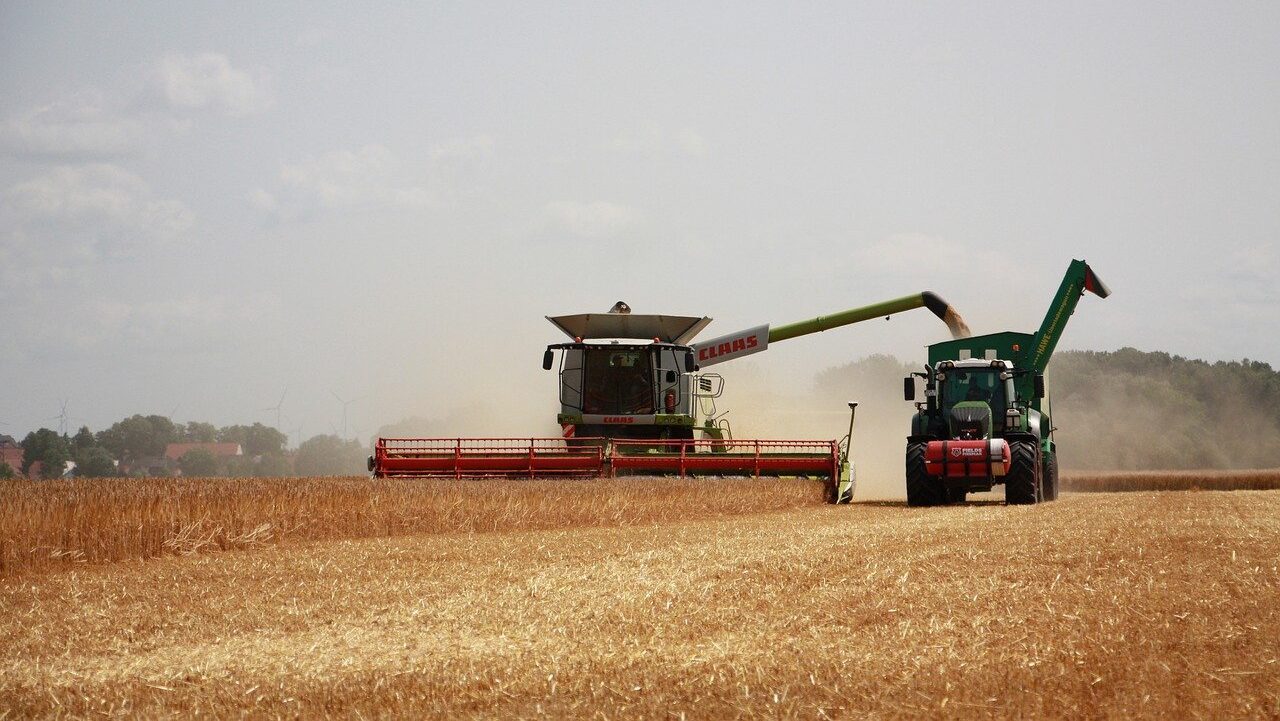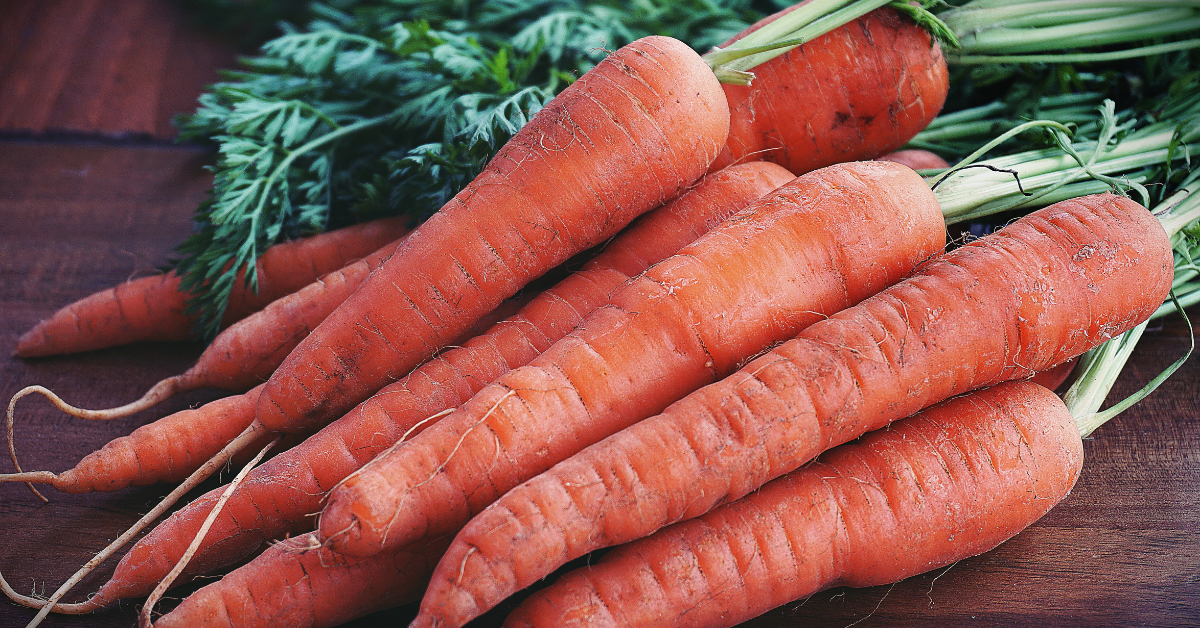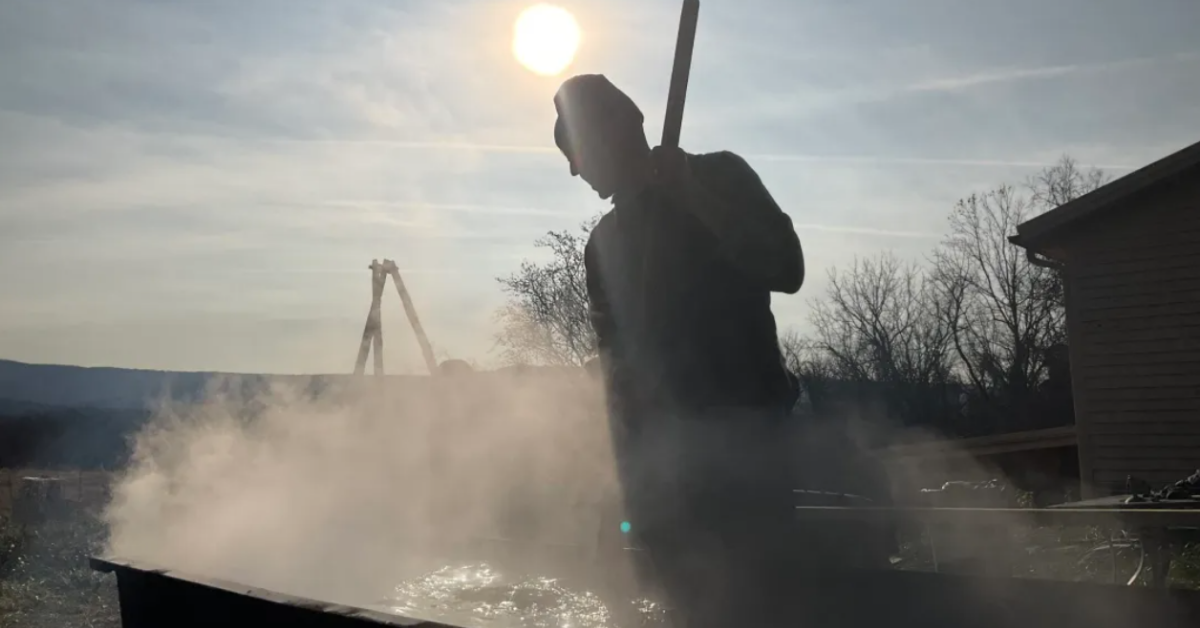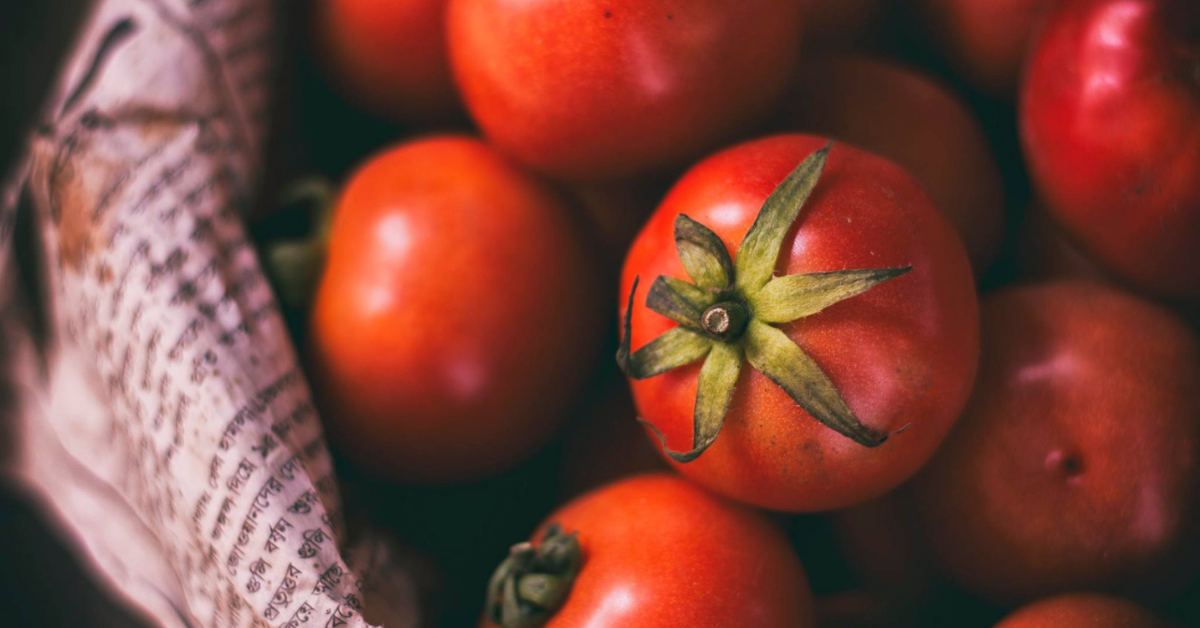After months of negotiations, the House and Senate have finally reached a two-year budget deal to keep the government running. The budget deal sets the parameters within which Congress can fund particular programs, but it does not dictate how much money each discretionary program will receive. The allocation of funds is left to the congressional appropriators, and this of course includes agriculture.
The deal reached this week increases the non-defense discretionary spending cap by $63 billion in FY 2018 and $68 billion in FY 2019. Among the multitude of government programs and emergency assistance this will support, the following are of importance to rural communities:
– Providing more than $89 billion in disaster aid for areas hit by recent hurricanes and other natural disasters.
– Adding billions of dollars to fight the opioid epidemic.
– Increasing farm bill spending for dairy and cotton commodity programs.
What the Deal Means for Agriculture Appropriations
Under the newly agreed-to budget caps, congressional appropriators will have tens of billions of additional dollars to allocate to appropriations bills in FY 2018 and 2019. Appropriators have begun the process of allocating those additional dollars to the 12 appropriations subcommittees, including the Agriculture Appropriations Subcommittee.
According to the National Sustainable Agriculture Coalition, agriculture has historically received around 3.5 percent of the overall funding for appropriations. If that is a reliable guide, then agriculture’s upcoming share would be at least $2 billion in additional funding.
The Coalition believes that new budget caps will allow Congress to re-invest in farm credit programs, rural development, and training and outreach for farmers and ranchers. Many critical food and agriculture programs are already vastly over-subscribed, and additional funding would help to fill long-standing gaps in capacity and service. This includes conservation programs and greater support for socially disadvantaged farmers, along with beginning farmers and military veterans.
Setting the Stage for the Farm Bill
This year, there are a few unique issues that will have an outsized effect on the upcoming farm bill. There have been calls to modify the cotton and dairy provisions of the 2014 Farm Bill since the last years of the Obama Administration. Producers have said that the 2014 Farm Bill provisions have not provided the support they expected, and that changes were needed to keep the industries healthy. How to pay for those changes has been a major stumbling block in the development of the next farm bill.
The dairy provision will inject just over $1 billion in a variety of ways to support dairy producers. Dairy producers have expressed concern about the how the Dairy Margin Protection Program, created in the 2014 Farm Bill, has provided little benefit to farmers for the premiums they have paid. Here are just some of the new dairy provisions:
– Lower or eliminate premiums for the dairy margin protection program for small and medium sized farms.
– Waive fees for beginning, veteran, young, and underserved farmers.
– Remove the $20 million cap on livestock related crop insurance policy costs to allow for the creation of new dairy focused insurance products.
– Allow farmers to modify their level of participation immediately for 2018.
The cotton provision will make “seed” cotton (i.e., un-ginned cotton containing both the cotton ball and cottonseed) eligible for Price Loss Coverage (PLC) beginning with the 2018 crop year, thus moving cotton back into the Title I subsidy programs immediately. In that case, cotton producers will have better risk management options to help stabilize their incomes.
Sequestration
However, not all the news from the budget deal is good news for the farm bill. As part of a small set of offsets for the entire budget deal package, the bill extends automatic budget cuts (aka, sequestration) for mandatory programs through 2027. Sequestration affects farm bill commodity and conservation programs, as well as many other government programs outside of agriculture.
Read more about the budget and farm programs at the NSAC blog.
—Robert Gronski is a Consultant for Catholic Rural Life. He tracks policy perspectives on food, farm, environmental, and rural community issues and helps frame these within the perspective of Catholic Social Teaching.
















